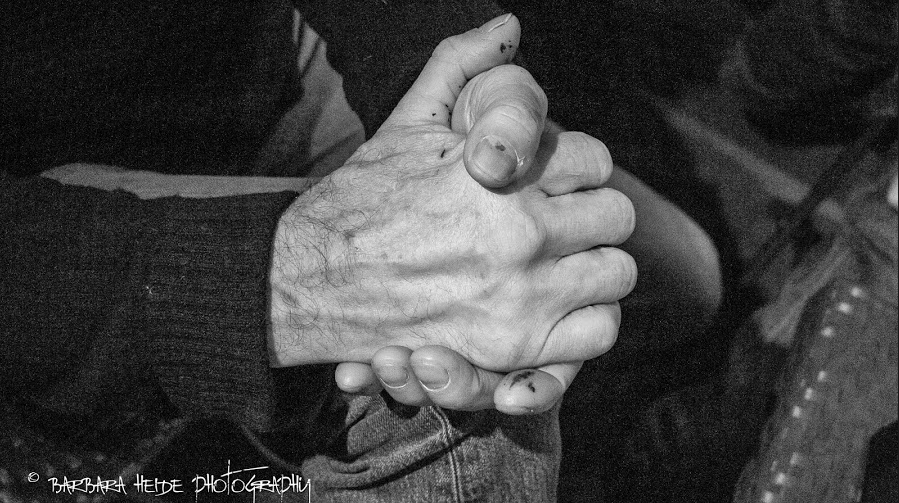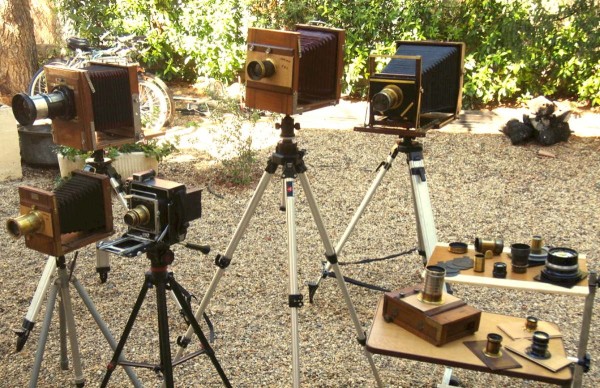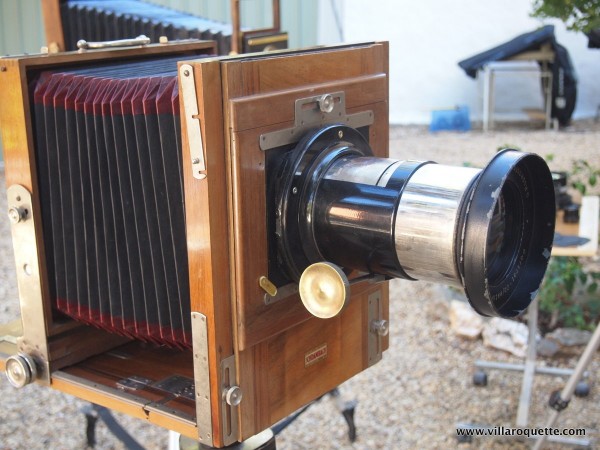My friend Barbara Heide is a photographer. She is a good photographer and shares her work through Internet sites, she has also made some books of her photographs about places and people she knows well.
Barbara is also one of a group of us who meet regularly to discuss things like poetry, images, philosophy and cricket (in truth we never discuss cricket, but it sounds less pretentious than the other stuff). We call it “The Odyssey” (allusions to Tennysons’ Ulysses), Carole calls it “The Nutters Club”
But, I have a problem. Barbara loves showing her work on the computer and, as she uses a digital camera she does a lot of exposures, so there are often up to 100 images to consider.
I believe it is very hard, even for a great photographer, to make one or two good images, images worth showing and sharing, in a month of work. Recently I was in Paris at the Cartier-Bresson exhibition. One of the greatest photographers ever with a creative career of over 60 years. But, the exhibition was too big – over 500 images far far far too many – and, in my opinion, many (most) were irrelevant and not worth putting on the wall for the exhibition. I am sure these were important if you want to study the life of the man, but I want to see and feel the images and, quite frankly, I don’t give a damn about the other stuff. It was the same at other exhibitions I saw this year, Brassai, Capa etc. It’s the same for all artists, luckily painting takes more time than pushing a shutter button, so usually an exhibition of paintings is less overloaded.
But with digital photography, I am often presented with scores and scores of snapshots all taken in a short time-frame. Many are simply the same shot from differing perspectives and perceptions, others are a multitude of landscapes, street scenes etc – each one perhaps has merit, but the visual overload of “yet another interesting door/window/wall/tree/field/hill/cloud, etc etc – completely defeats the purpose of sharing images. I am not saying they are all bad photographs or bad photography, they would be useful for the photographer to improve their perception – but please please please show me a few of the ones which tell me something – tell me a story – make me think as well as exciting me by the form and light I see and which was perceived by the photographer.
My other rant about digital photographs is that I know most, if not all, are electronically “enhanced” by both the cameras on-board computer and by other software by the photographer – so I know what I am seeing is something created and designed to be seen on a light emitting computer screen from a distance of 50 to 90 cm – not by reflected light on a wall from over a meter away – perhaps it is this that takes the “soul” away from digital work.
OK – all the technical stuff is (mostly) irrelevant if the image tells me something – if there is a story, if it creates in me a feeling – look at Capas’ “the falling soldier” often called the greatest photograph of the 20th century. Technically if is not good, but this is irrelevant, it is a very important and an extremely strong image and invokes deep feelings.
A photographer should (in my not so humble opinion) strive to show me something which makes me “see” and “feel” what they saw and felt at that moment of time – and then – only share with me the one single image which is relevant to that purpose. Less is more?
It was my son Jack’s birthday yesterday and he asked for a film camera. I gave him a simple Olympus OM1 outfit and one roll of film (Fomapan 100)- but – I only put enough film in the cassette for 10 exposures and suggested he looked for and took a picture of just one subject to share with me. He seems very keen to learn and I hope to carefully teach him to expose and develop to Zone System principles, so the sooner I can get him onto sheet film, the better (or collodion, but that is a different story). One image a month – a good goal.
Here is a picture from Barbaras’ “image poem” last week which did say something to me…
The purpose of this blog is to share our life at Villa Roquette and to tell you about our vacation accommodation there and the Photographic Workshops we are starting from Next January


